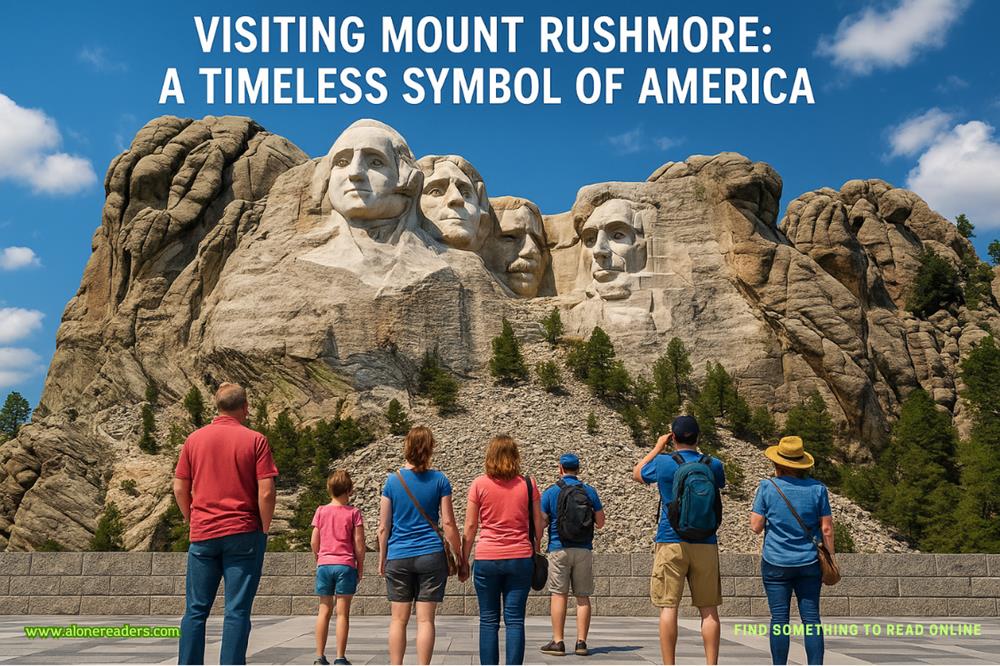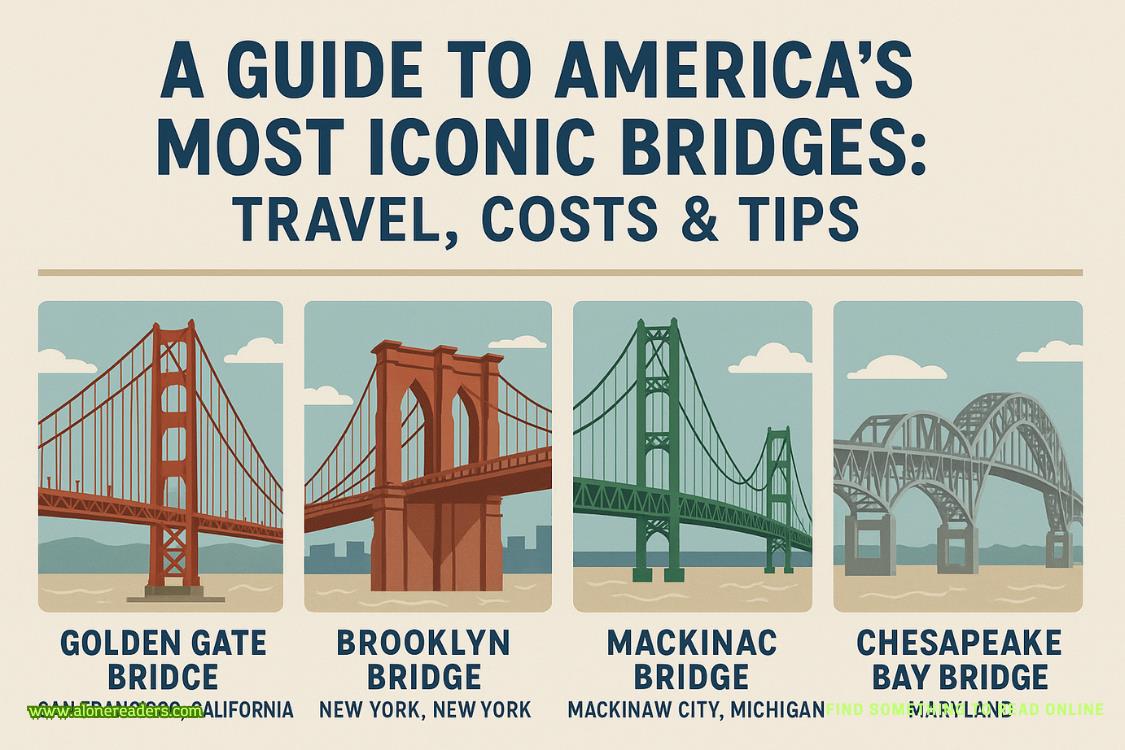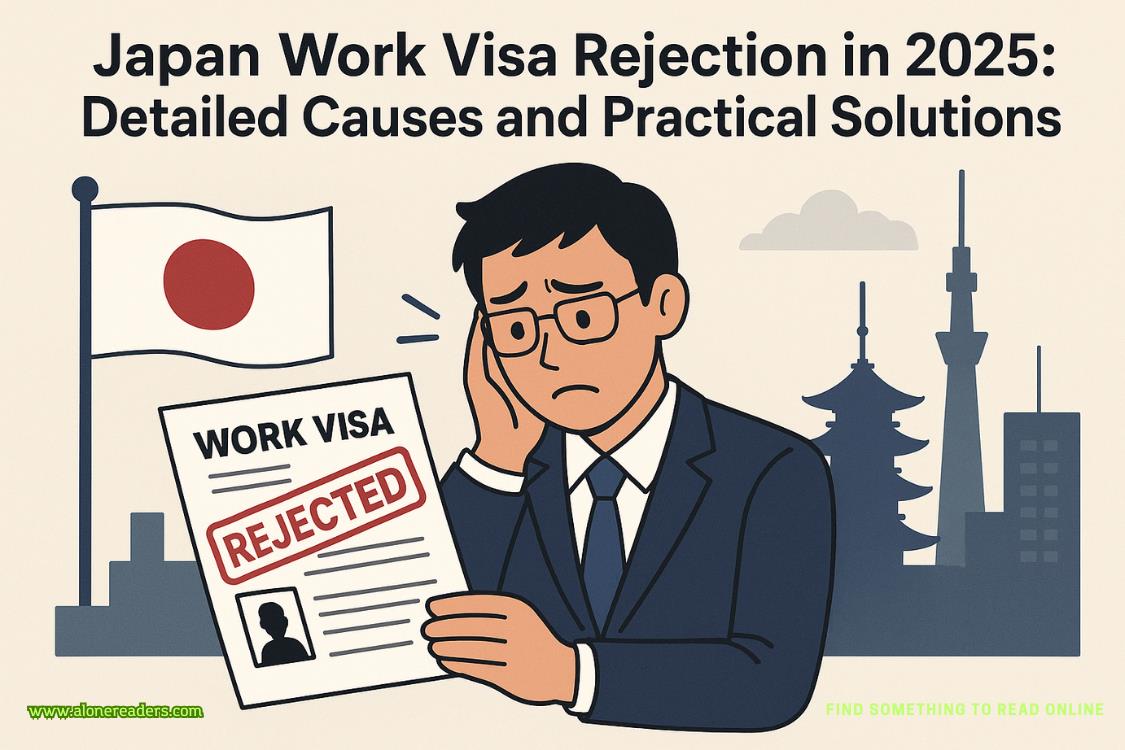Page 6 of Holmes, Margaret and Poe
Mahoney barked into his radio, “Get the goddamned press back. I want a no-fly bubble around that runway a mile in every direction. If they give you any guff, tell them I’ll shoot them down.”
CHAPTER 7
THE TELEVISION CHOPPERS HADbacked off by the time the bow of the Harbor Patrol boat nudged the riprap along the riverbank, some three hundred yards from the wreckage. We jumped off one by one and scrambled up the bank to find a hellish scene playing out, the soundtrack a deafening symphony of sirens that seemed to be wailing near and far and coming from every angle.
Five fire engines surrounded the biggest piece of the fuselage. Through hoses, firefighters were shooting foam at it and the scorched tail section. More fire engines were blaring and braying as they and several ambulances sped down the runway from the north toward the mangled nose and forward fuselage.
Two ambulances were already there. EMTs were running to the largest unburned section of the jet. Other EMTs and firefighters were walking both sides of the runway, scanning for survivors. No one was stopping.
“This is going to get rough,” Sampson said, gesturing ahead of us at a small human leg clad in denim, the foot in a red sneaker, lying in the low wet grass.
From that point on and with every step we took, the scene turned so horrific and macabre that I could process it only by seeing it as a battlefield rather than a crash site. Chunks of twisted airplane wing, jagged strips of metal, and human body parts were strewn around the runway north and south of where the aircraft had exploded. You could see the scorch line where that had happened.
And still the sirens wailed.
“Goddamn it, I can’t think,” Mahoney said and barked an order into the radio. Over the next minute, the wails and din slowed and faded until there was only the shouting of the firefighters working on the wreckage. The flames were gone. The plume of smoke was thinning. But the air was still acrid with the smell of spent jet fuel, seared metal, the foam, and charred flesh when Ned gathered us and the top law enforcement commanders.
“We are processing this as a crime scene until further notice,” Ned said. “NTSB?”
“Supervising investigator Bob Holland,” a man in his forties said, raising his hand.
“Thanks, Bob. You will control the collection of all physical evidence relating to the crash, but your people will work alongside my agents, who will document the remains so we can get them removed, identified, and returned to their loved ones as soon as possible. ATF?”
A tall redheaded woman in a blue windbreaker raised her hand. “Agent Alice Kershaw.”
“Glad to have you, Alice. I want your people in that park north of the runway,” Mahoney said. “Tell me what blew upout there and see if there’s evidence of weapon fire prior to that explosion.”
Calvin Stetson, a captain with the Virginia State Police, said, “At least fifteen people who were outside the terminal told us they heard automatic-weapon fire.”
“Can a machine gun bring down a jet like that?” Sampson asked.
Kershaw said, “Taliban has brought down jets and choppers with them.”
I said, “Why not a surface-to-air missile or something like it?”
Mahoney said, “Because there are hardly any Stingers out there that are not accounted for or destroyed or so old that they can’t be fired. The Bureau and DIA are vigilant about tracking them down if they get the slightest rumor of one anywhere in the world. Even the Chinese SA-seven knockoffs.”
“But a machine gun?” Sampson asked.
“Easier to find and obtain,” Ned said. “Especially if you’re willing to skip the federal licensing process and go to the black market.”
“Or the dark web,” Kershaw said. “There are plenty of heavy guns available if you know where to look.”
“We’ll figure that out later,” Mahoney said, and he clapped his hands. “Let’s do this right, people. The victims and families deserve nothing less.”
CHAPTER 8
WE WERE THERE ALLnight while Mahoney’s team of investigators grew and fanned out under his direction. Scaffolding was helicoptered in. Within three hours of the crash, a bank of spotlights had turned sections of the runway as bright as a baseball park.
Over the years, Sampson, Mahoney, and I had worked closely on dozens of cases. We were all fine investigators on our own, but together we were far more than the sum of our parts. Knowing that, Ned had John and me shadow him as he moved among agents and officers from seven different law enforcement agencies, listening to their concerns, giving them guidance, and asking question after question after question. He reported in to the FBI director on the half hour.
We heard that the media was giving the crash blanket coverage. We didn’t need to hear or see it to know that Washingtonwas on edge and in shock. You could feel it coming off almost everyone who was at the crash site that evening.
John and I stayed quiet for the most part, listening, inhaling information as Mahoney got it. Around ten in the evening, we learned that more than fifty charred corpses remained in the largest section of the fuselage.
Fifteen of those on board, including the pilot, copilot, and the first-class passengers, had been inside the forward fuselage. The violent energy of the crash had snapped spines and skulls.
The rest of the passengers had been cut apart and hurled free as the plane flipped and smashed and broke into fourteen large, ragged pieces. It quickly became clear there would be no survivors of AA 839.















